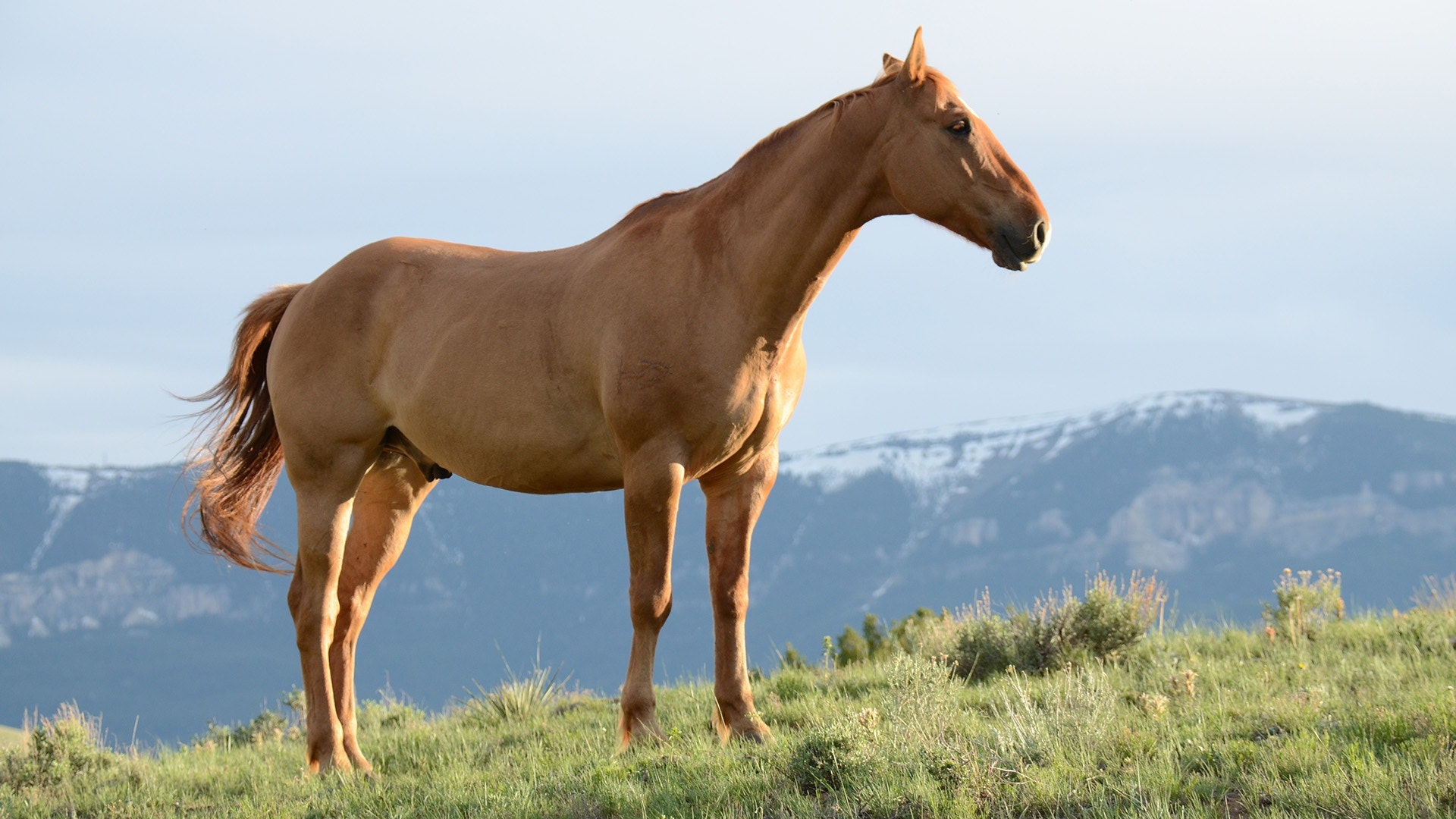Before a horse is born, the foundations of a healthy and fit horse start to be laid. The foal must receive proper nutrition from its mother.
The mare is usually pregnant for 11 months. In the first three months of pregnancy, most organ development occurs in the fetus. Most of the fetus’s organs have developed by eight months, although there is still much growth. The fetus now weighs 8 kg. The mare does not have to take up much protein or mineral daily during these eight months.
A foal of approximately 500 kilos should be born at around 50 kg. The foal must then grow to 42 kg over the next three months. The mare will have to give up energy, protein, and minerals during these three months to provide the foal with the necessary nutrients. Keep watching for signs of hope in pregnancy. An overweight mare is at greater risk for a difficult birth but shouldn’t be underweight.
Horses need more minerals from hay alone.
The mare’s last three months of pregnancy will see an increase in energy, protein, and minerals, particularly calcium. It is a good idea to switch to a concentration that meets her needs. Champion Oppdrett, a concentrate, has also been developed to match the Norwegian forage’s mineral content. Over the past 40-50 years, analyses of Norwegian hay have shown that its mineral content has fallen sharply and that it rarely supplies the horse with sufficient minerals.
Champion Breeding also contains a significantly higher amount of protein than other concentrates for adult horses. This, along with good hay/silage, will provide the horse with all that he needs for healthy fetal growth. It would help if you fed the mare H1-H2 quality hay high in protein and nutrients. The mare will require less grass to meet her protein and energy needs if she is fed high-quality hay.
The mare carries a 50-kilogram fetus, 30-40 liters of amniotic fluid, amniotic Members, and many of the uterus. This is because mares need more food to eat. Mares can also experience colic-like symptoms. This is due to pain from the ligaments being stretched and the fetus pressing down on the nerves. The mare should have free access to hay/silage during these final weeks. However, you need to monitor how much she consumes.
Champion Luserne – high calcium and protein contents
Mares who lose their appetite should be given more concentration to help them get enough energy and protein for birth. Champion Luserne O-3 may be an option for the mare. Lucerne is a delicious feed with a high level of calcium and protein. Horses will be tempted to eat it more often. Omega-3 (O-33) is essential for adequately developing the fetus’s nervous system. Hoppa has experienced an increase in energy requirements of approximately. Hoppa was pregnant for the second time at 12%. As long as her protein and mineral needs are met, Hoppa’s will be your guide as to how much concentrate you should add.
After giving birth, let the mare focus.
Mares feel hungry right after giving birth. Hay can be given to them immediately. She should be given a full meal within a few hours to replenish her energy. The foal grows approximately 1 kilogram per day during its first week. Its milk from the mare is what provides the foundation for this growth. Hoppa’s milk has the highest protein content at first. However, the protein content slowly decreases. This is when her energy and protein requirements are twice as high as the maintenance needs.
It is best to avoid sudden changes in the feed amount. So, adjust the feed slowly during the first few weeks after foaling. It is best to give the mare roughage that has a high energy level and protein content during lactation. The mare will be able to meet her mineral and protein needs if she receives 2.5kg of Champion Breeding each day. You can supplement her energy with Champion oats and Champion beet fiber if she requires more.
Prevent weight loss in mares
Foals in Norway are born between February and August. There is a lot of variation in the age of the foals when they go out to pasture. Good pastures will provide sufficient protein for the horse, but the grass at the end of the grazing season is likely to have significantly lower energy and protein. The mare will milk if she gets too much protein. She wants to lose weight, in other words, because her body is unable to absorb enough protein for the foal to grow well.
The mare may be prevented from losing weight by taking a supplement with protein-rich concentrate at the end of her grazing season. You should make sure that the mare gets enough minerals and salt during the grazing season. Salt rock can be found in the pasture. However, Champion VM blocks can be used as a source of more minerals. When the mare must milk 20 liters daily, she must drink at least 20 times the daily maintenance water requirement. A lactating mare may have a high fluid requirement on a hot summer day. She should therefore have plenty of water available.
Feed during weaning
When they reach six months, foals will be weaned by their mother. Gradual weaning might be a good idea as many foals still drink large amounts of milk from their mothers. In the final weeks of the final weaning process, many foals are separated at night from their mother. This means that they get less milk when weaning.
To further reduce milk production, concentrates should be removed from mares after they have been separated. This reduces the chance of mare udder inflammation. The mare can access hay without restriction if you use hay with a low energy level (H3 or less). You can give her concentrate again once the milk supply has dropped. You can give her focus again, but she will not require any unique energy, mineral, or protein-rich concentrate. Champion Complete, for example, is another option.

